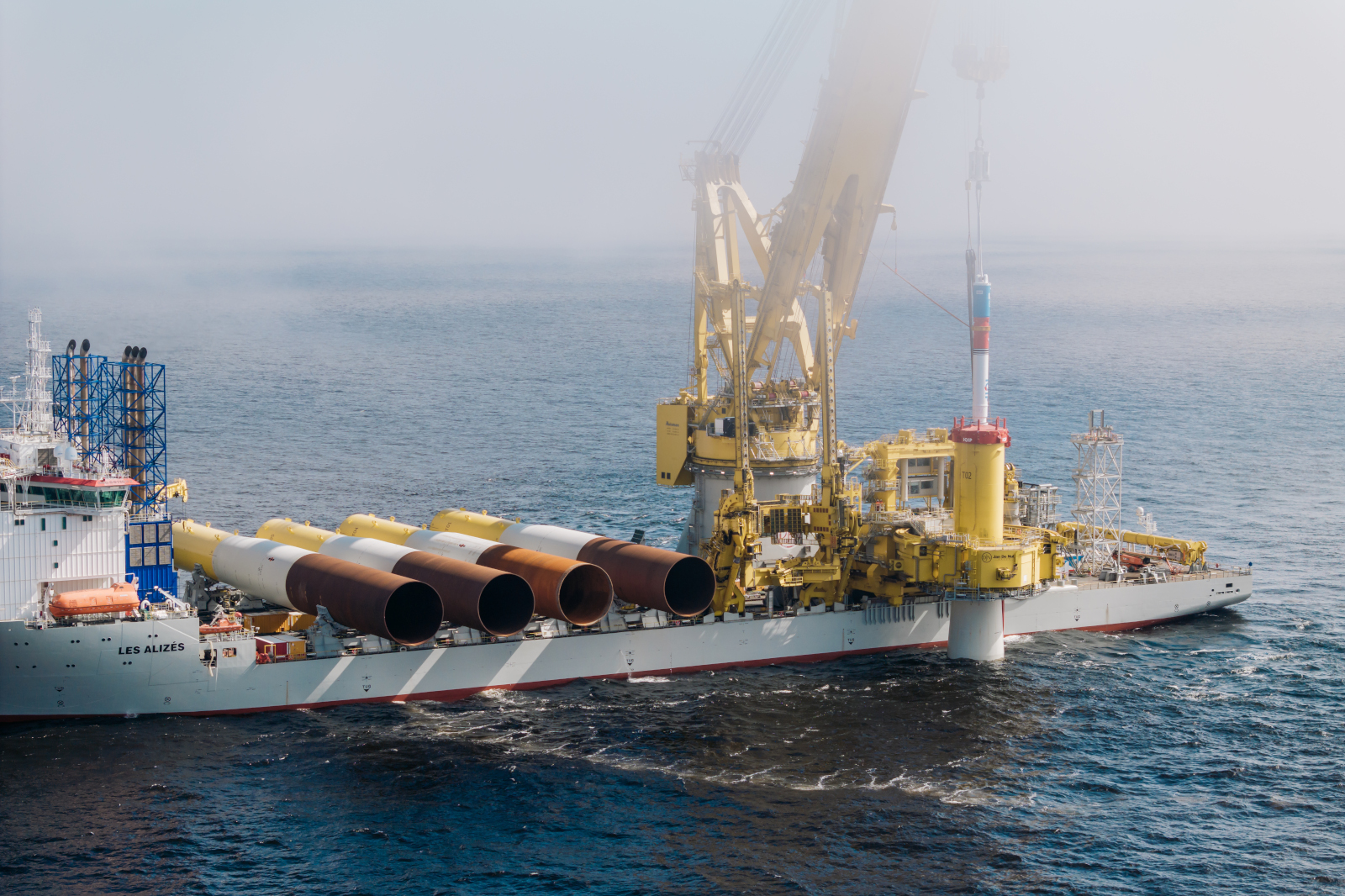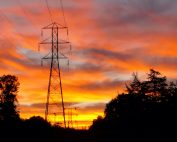In the pages of the Estonian ERR website, Juhan Hellerma writes about development plans for offshore wind energy in Estonia. It turns out that the expected environmental impact of marine installations may be much lower than originally predicted.
The Estonian land use plan designates three sea areas for the development of offshore wind farms. In addition to these areas, offshore wind energy sector can be developed in Estonian waters covering 6.7 percent of the country’s area. The first area is, of course, the Gulf of Riga, for which they have plans, among others Estonian Enefit Green and Danish Ørsted, two more are located west of the country’s largest island, Sarema. – Taking into account our current knowledge and the technology used, it is not possible to develop wind energy elsewhere in Estonia – commented Eleri Kautlenbach, an advisor to the Planning Department of the Ministry of Finance, quoted by ERR.
The minimum distance of offshore farms from the coast is 11.1 km as the “social buffer”. He was selected through social intelligence. Water depth was also taken into account, which affects the profitability of investments, but also shipping routes and military infrastructure (radars).
It is expected that the impact of farms installed in dedicated places will be small. In the process of designating areas for the development of offshore wind farms, nature reserves and areas through which birds and bats migrate were excluded. The movement routes for seals have also been taken into account.
Taking into account the impact on the environment of farms, when planning sea areas, a calculation rule was taken into account, taking into account about 2,000 tests carried out in places where offshore farms already operate. The test results were included in the calculation rule that was used for all areas. It turned out that the impact of offshore wind farms on the environment is small. The algorithm, however, is in the prototype stage and is constantly being developed.
There is one drawback – so far it is not known how the noise from wind turbines affects fish and fish migration routes. The issue concerns herring in particular. Experts explain that in this case Estonia has to do research on this itself, as other studies elsewhere will not give such an answer. So far, the impact of noise has been studied, but only from ships to fish. The effect of fixed units like wind turbines has not yet been studied. There are many doubts.
Under the leadership of the Maritime Institute of the University of Tartu, a thorough study of the impact of noise generated by wind turbines on fish will be carried out. Currently, the search for sources of financing is carried out.
The fishing community and other stakeholders have expressed concern about the effects of wind turbines on fish habitats. As fisheries are the main source of income for this industry, experts argue that compromises need to be found in this area.
Source: ERR, Estonian Ministry of Finance














